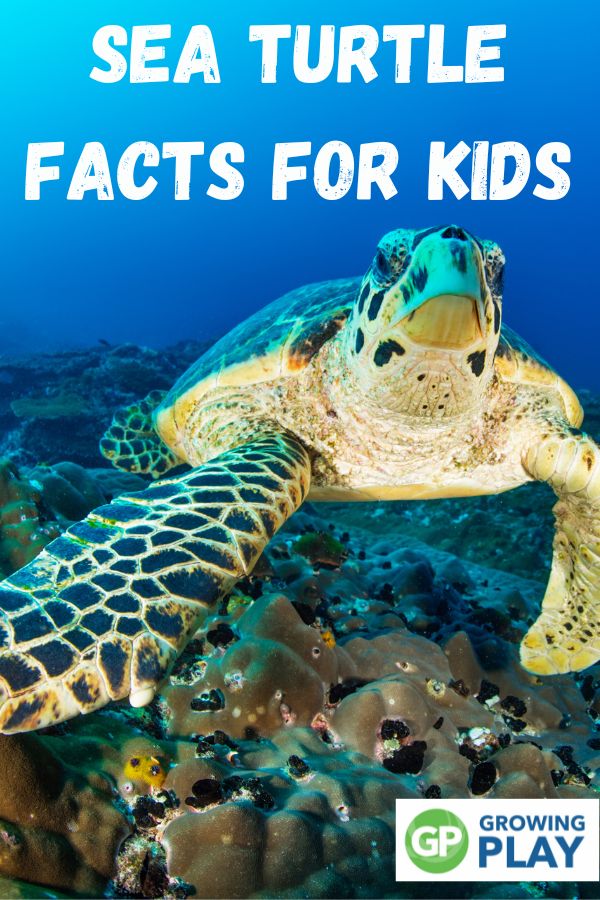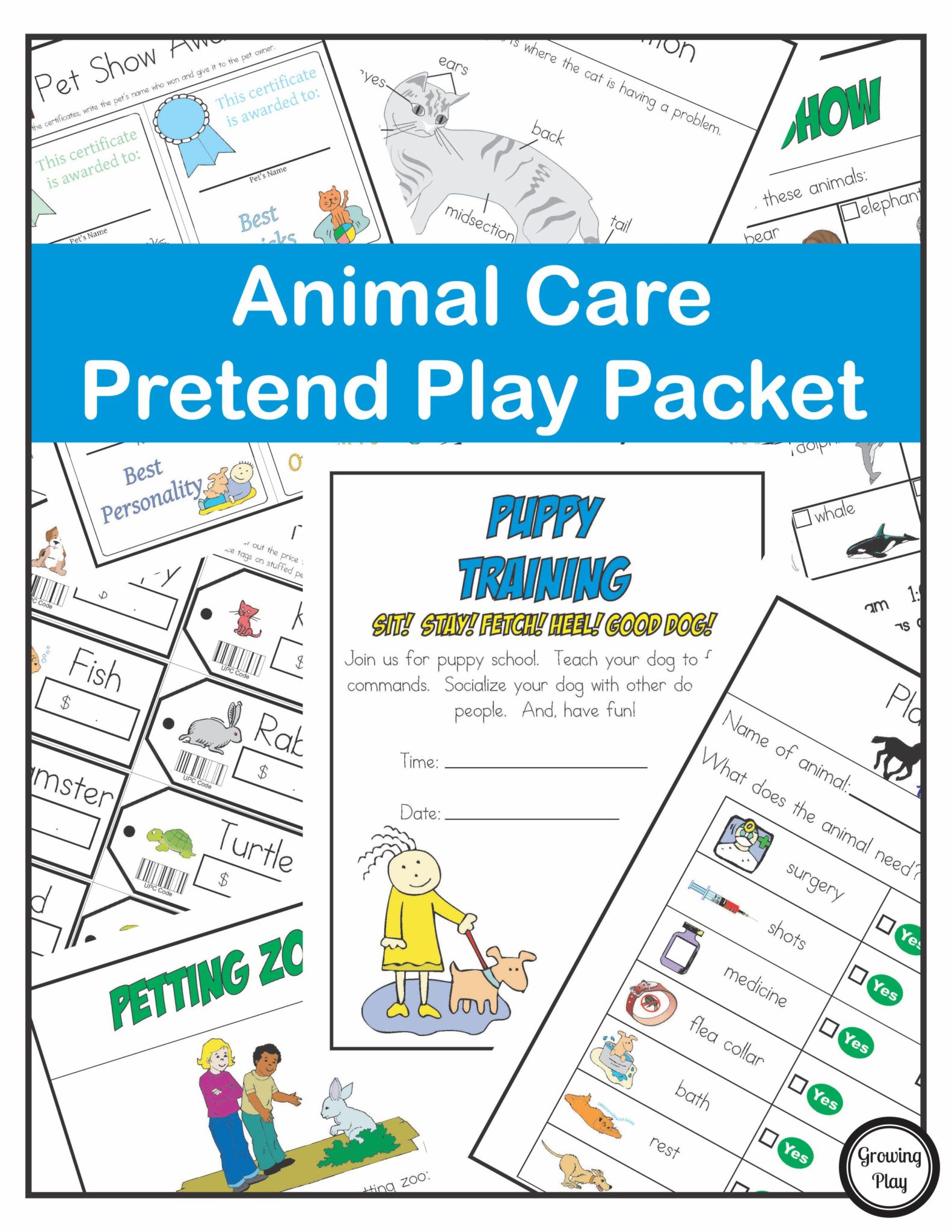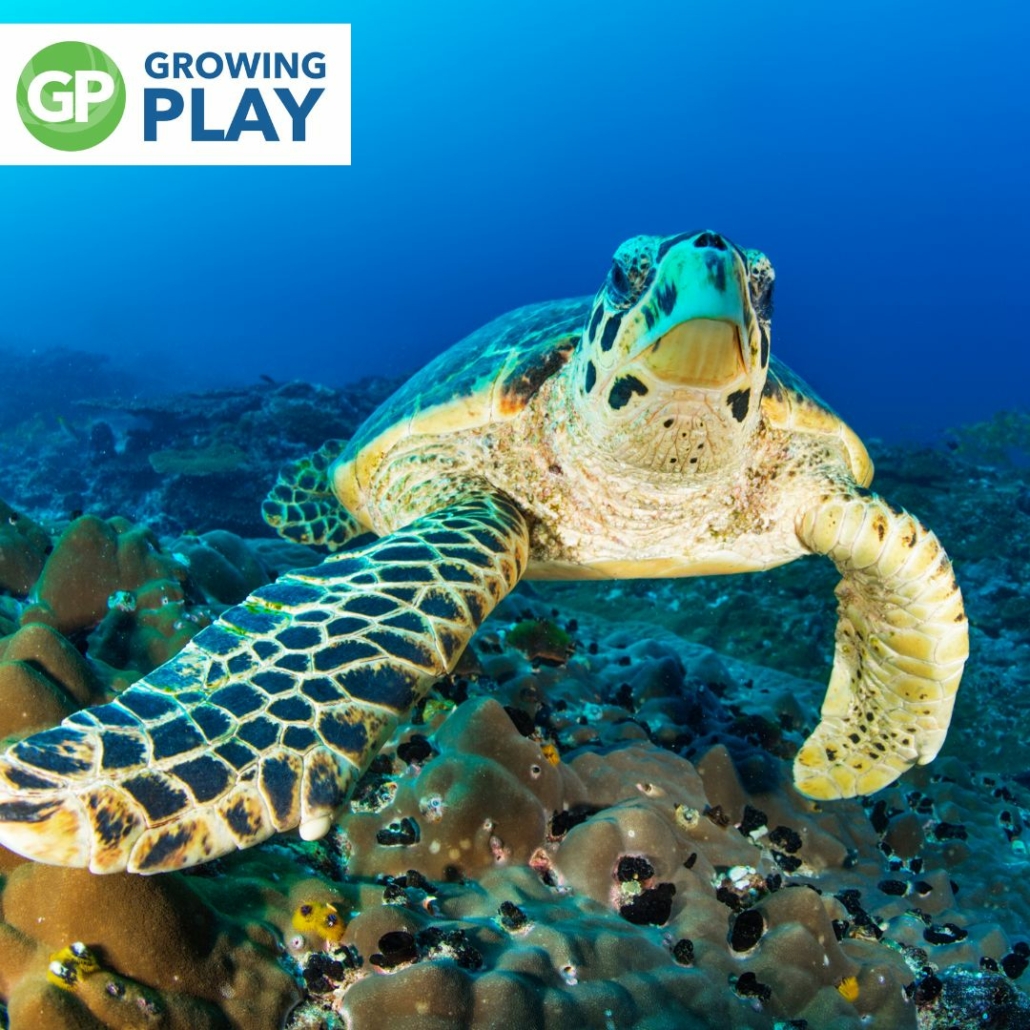Sea Turtle Facts for Kids

Welcome to the fascinating world of marine creatures! Let’s dive deep into sea turtle facts for kids, exploring some of these beautiful beings’ most enchanting and intriguing aspects. With a focus on green turtles, leatherback sea turtles, loggerhead sea turtles, hawksbill sea turtles, and more, we’ll journey together through their habitats, behaviors, and challenges. Let’s make a splash!
If you want to learn even more, check out this post on Turtle Facts for Kids. Also, don’t forget to check out this HUGE list of fun facts for kids. One more tip – download free printable sea turtle coloring pages here too!
The Biggest Sea Turtle in the World
The title for the biggest or largest sea turtle in the world goes to the leatherback sea turtle (Dermochelys coriacea). Unlike other turtles with a hard shell, the leatherback turtle has a unique, leathery shell. This species can grow up to 7 feet long and weigh a whopping 2000 pounds! They are also excellent swimmers, capable of traveling large distances in the open ocean.

Animal Care Pretend Play Packet
Sea Turtle Species
There are seven different species of sea turtles, each with its unique characteristics. This includes the leatherback turtle, the green turtle (Chelonia mydas), the loggerhead turtle, the hawksbill turtle (Eretmochelys imbricata), the olive ridley turtle, the Kemp’s ridley turtle, and the flatback sea turtle. Adult sea turtles of different types prefer different habitats. While some like the shallow waters near coral reefs, others prefer the open sea or seagrass beds.
The Amazing Journey of Baby Sea Turtles
One of the most exciting sea turtle facts for kids revolves around baby sea turtles, also known as hatchlings. Female sea turtles lay their eggs in sandy beaches, often returning to the same nesting grounds where they were born. Once hatched, young turtles make the dangerous trek to the ocean, guided by the moonlight.
Sea Turtles and Their Diet
Sea turtles’ diets vary among species. While adult green sea turtles mainly eat sea grasses and algae, the hawksbill turtles feed on sea sponges, and loggerhead sea turtles munch on a variety of marine animals, including soft-bodied creatures like jellyfish and crustaceans.
The Plight of Sea Turtles
Despite being such wonderful creatures, sea turtles are often endangered species, their survival threatened by human activities and climate change. Marine turtles often get caught in fishing nets or ingest plastic bags, mistaking them for jellyfish. Habitat destruction, ocean pollution, and global warming significantly impact their survival. For instance, changes in sand temperature due to global warming can affect the sex of turtle hatchlings.

Mystery Puzzle for Kids – Guess the Pet
Sea Turtle Day and Conservation Efforts
Every year, on June 16th, we celebrate Sea Turtle Day to raise awareness about these fascinating yet endangered creatures. Countries like Costa Rica and regions in South America are known for having some of the largest nesting populations of sea turtles. Conservation efforts include protecting important nesting sites, reducing fishing gear and plastic pollution, and enforcing laws against the use of turtle shells as decorative items.
Interesting and Fun Facts about Sea Turtles
Here are some fun sea turtle facts for kids: Sea turtles can’t retract their heads into their shells like land turtles do. They also have a special ‘egg tooth’ to help break open their shells when they hatch. Did you know that the temperature of the sand determines the sex of the baby turtles? Warmer temperatures result in more female hatchlings, while cooler temperatures produce males. Moreover, sea turtles can hold their breath for several hours at a time!
Key Sea Turtle Facts: Unraveling the Mysteries of the Deep
- The largest sea turtle in the world is the leatherback sea turtle, which can grow up to 7 feet long and weigh as much as 2000 pounds.
- There are seven different species of sea turtles, including the green turtle, leatherback turtle, loggerhead turtle, hawksbill turtle, olive ridley turtle, Kemp’s ridley turtle, and the flatback sea turtle.
- Female sea turtles lay their eggs on sandy beaches and baby sea turtles, also known as hatchlings, make a perilous journey to the ocean after hatching.
- The diet of sea turtles varies across species, with green turtles eating sea grasses and algae, hawksbill turtles feeding on sea sponges, and loggerhead turtles enjoying a diet of soft-bodied marine animals.
- Sea turtles face numerous threats including getting caught in fishing nets, ingesting plastic, habitat destruction, ocean pollution, and climate change.
- Sea Turtle Day is celebrated annually on June 16th to raise awareness about these endangered species.
- The temperature of the sand in which turtle eggs are laid determines the sex of the hatchlings. Warmer temperatures result in more females, while cooler temperatures yield more males.
- Unlike land turtles, sea turtles cannot retract their heads into their shells.
- Sea turtles have a special ‘egg tooth’ that helps them break open their shells when they hatch.
- Sea turtles are able to hold their breath for several hours at a time.
- Major threats to sea turtles include fishing gear entanglement, ingestion of plastic, loss of nesting and feeding grounds due to human activity, and climate change affecting sand temperatures.
- Sea turtles have a significant role in maintaining the health of our oceans, such as helping to control jellyfish populations and ensuring seagrass beds are healthy and productive.
Quiz: How Much Do You Know About Sea Turtles?

- What is the largest sea turtle in the world?
- A) Green turtle
- B) Loggerhead turtle
- C) Leatherback turtle
- D) Hawksbill turtle
- How many different species of sea turtles are there?
- A) Five
- B) Seven
- C) Ten
- D) Twelve
- Where do female sea turtles lay their eggs?
- A) In the open sea
- B) On sandy beaches
- C) In freshwater ponds
- D) On rocky cliffs
- What do green turtles mainly eat?
- A) Sea grasses and algae
- B) Sea sponges
- C) Soft-bodied marine animals
- D) Plastic bags
- What day is Sea Turtle Day celebrated?
- A) June 8th
- B) June 16th
- C) July 25th
- D) September 30th
- True or False: The temperature of the sand determines the sex of the turtle hatchlings.
- What special tool do baby turtles have to help them break open their shells when they hatch?
- A) Egg spoon
- B) Egg tooth
- C) Egg claw
- D) Egg beak
- Can sea turtles retract their heads into their shells like land turtles do?
- A) Yes
- B) No
- Which of the following is a major threat to sea turtles?
- A) Ingesting plastic bags
- B) Getting caught in fishing nets
- C) Habitat destruction
- D) All of the above
- True or False: Sea turtles can hold their breath for several hours.
The answers are below the conclusion.
Conclusion
Sea turtles are indeed incredible marine creatures. As they journey across long distances, survive in both tropical and cold waters, and play crucial roles in maintaining the health of our oceans, it becomes essential for us to understand and respect these beautiful creatures. So the next time you dive into the waters or look at the open ocean, remember the sea turtles and the marvelous journey they undertake in their entire lives. And perhaps, share these sea turtle facts for kids with your friends and family to spread awareness about these fascinating creatures of the deep!
Quiz Answers
Let’s see how you did on the quiz.
- Leatherback turtle
- Seven
- On sandy beaches
- Sea grasses and algae
- June 16th
- True
- Egg tooth
- No
- All of the above
- True


